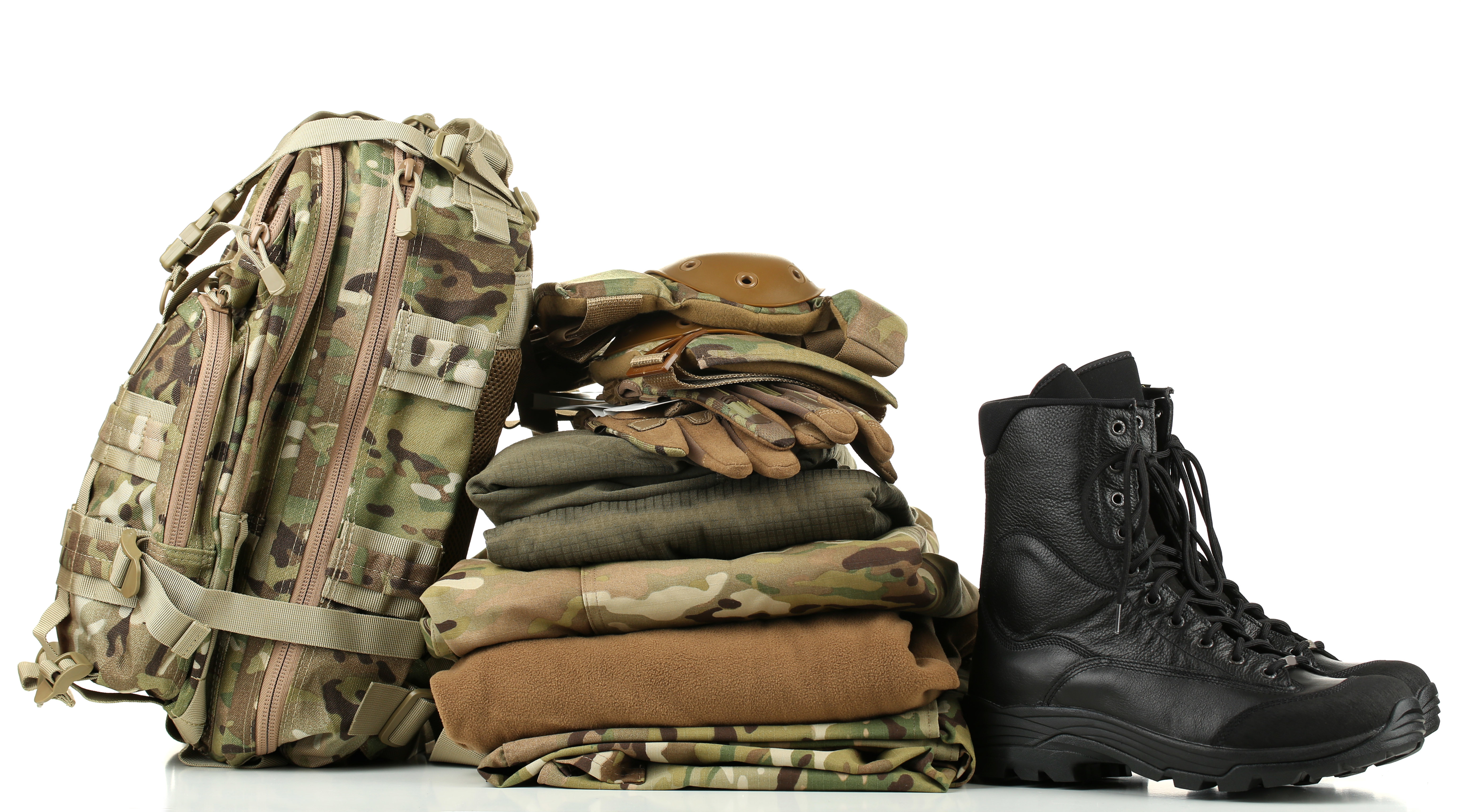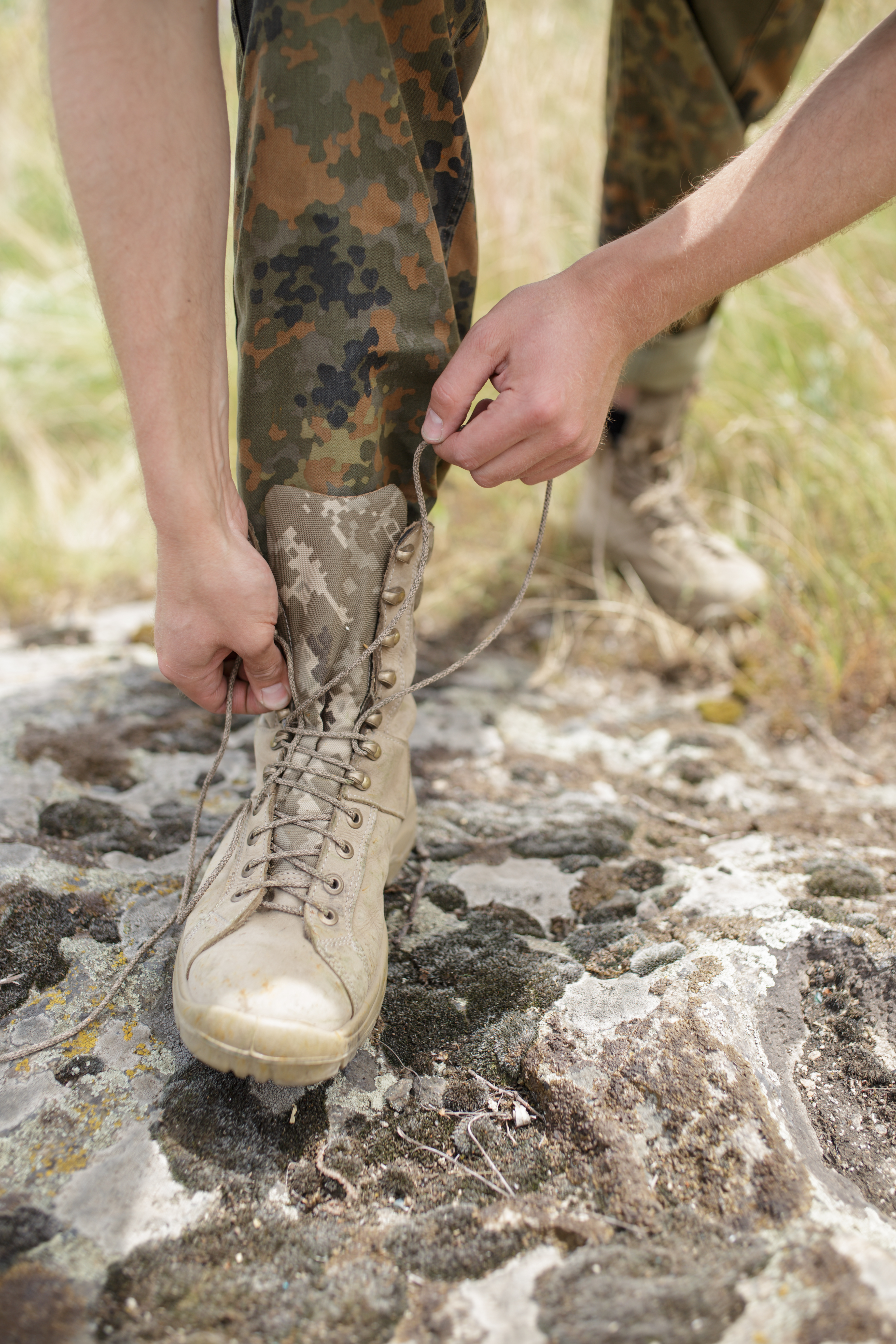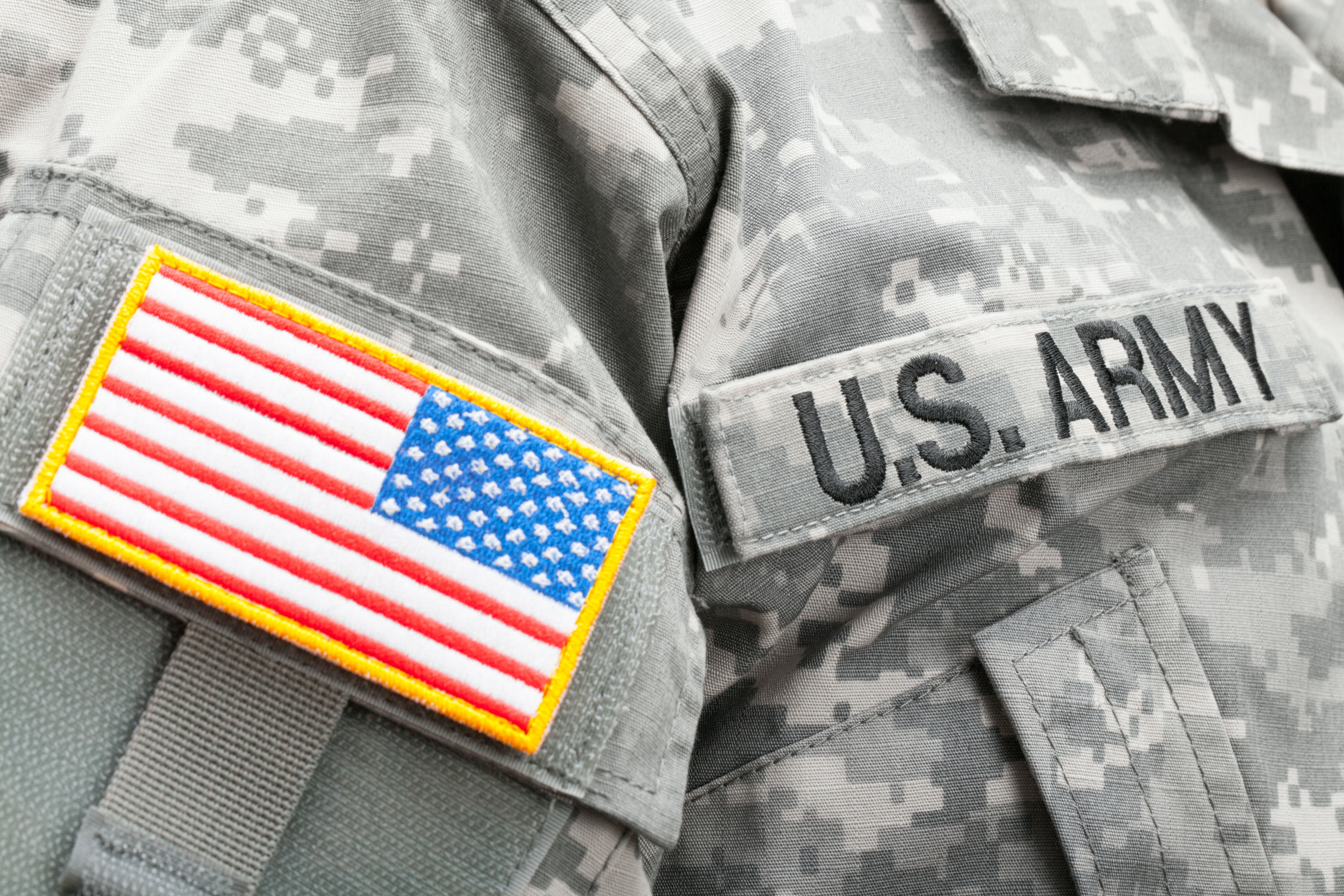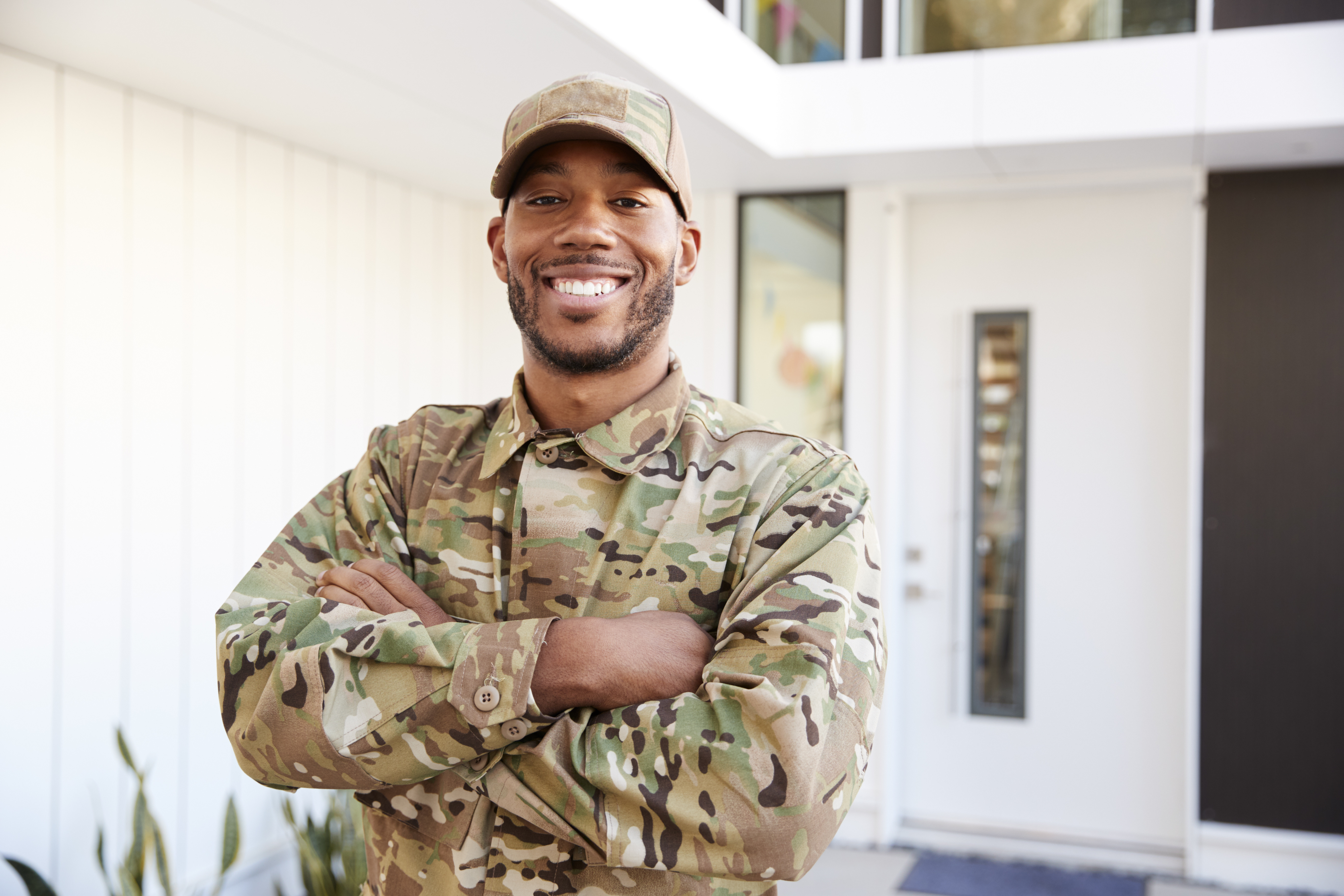
There’s a lot of thought that goes into military attire, color, size, and shape! You may have noticed that most military uniforms are baggy. You may wonder, why? If you’re running around, why have a uniform that seems to be so heavy? Well, there’s a reason for that.
Military pants are baggy in order to allow the most optimal movement for whoever is wearing them. They’re breathable, moveable, and also allow for multiple pockets for utilization.
However military uniforms have not always been so comfort based, in fact, for a long time they were incredibly uncomfortable. Here’s a brief history of the military pant, and how they ended up being the size they are now.
Military Pants Historically
The fashion of the military has constantly been evolving. And whilst it’s been years since Napoleon’s grand military style, that look was the foundation of uniforms for years. Grandeur, color, swords and intricacies were all apart of the original design for these uniforms. Decorations were commonly worn on the battlefield, and so were things like hats, or gloves. While this is certainly one way to dress, it’s not really practical. They were hot. They got dirty easily, were heavy, and hard to move around in. No one wants to breakdance in a ball gown. However, despite the fact that it’s evolved from it’s once-glamorous look, there are still parts of it that are still very apparent. Especially in the Dress Uniforms.

However when it comes to combat gear, this was not easy upkeep, and things had to change. Especially, for the pants.
Military pants were not always baggy, in fact for a long time it was more about fashion than function. They were tighter, a heavier material, and lacking the classic pocket look we all know and love. Instead, they were similar to dress pants worn by service members, and the uniforms themselves were much more formal. This all changed around World War II.
The earliest iteration of the cargo pant was the pocketed trouser-type worn in the 1930s by British soldiers in battledress, a lighter material with many more pockets, but still a little heavy. The new uniforms were designed with combat, and moving about, in mind. This new design was picked up in Australia, and India, but across the pond, the Americans were brewing up their own design as well.
Commander William P. Yarborough was in charge of creating new uniforms for the US Army paratroopers. They needed something light, they were jumping out of planes with 100 pounds of equipment strapped to them, and having baggy clothes wasn’t exactly going to make things any easier. So, Yarborough got rid of the older suits, and instead replaced them with a two-piece uniform with enough pockets to hold anything they might need.

These stuck around for a couple of years, but as the years went on the uniforms needed to evolve too. In the early ’50s, fatigue pants were introduced, which had significantly fewer pockets, and significantly less move-ability. Their reign was brief, however, because in the 1960s, the Vietnam War began. With this new climate, the military sat down, with Commander Yarborough, to design a uniform best fitted for tropical weather, and humid forests, so that those deployed wouldn’t sweat to death whilst in Vietnam. This is when the cargo pants made their return.
This set off the puffy, cargo pants look. They were thin, easy to move around in, and if they got wet they weren’t too heavy to carry around. This became the standard for military pants, and uniforms alike, with only slight changes being made depending on your job. Some pants were heavier than others, but all held true to the classic baggy look you know and love.
Military Pants Now
Military pants have stuck true to the design made in the ’50s with a few changes made in between. They’re constantly evolving for different needs. In the Afghanistan and Iraq wars, they’ve been changed in colors, and in thickness in order to keep them breathable. Now, they come in a variety of colors based on your branch of the military. They also include more pockets and scrunch ties at the bottom to secure them to your ankles. They’re fireproof and waterproof, and specifically designed for movement!
After WWII and the overproduction of military pants, people were able to purchase them for years. They’ve become more than just a functional piece. Nowadays you can even purchase military cargo pants as a civilian, and use them as a fashion piece in your own closet!

If you’re not wearing them for leisure, however, the tops and bottoms have been specifically designed for movement. The designs go through their own kind of training to make sure that anyone wearing them will be able to easily move around in them. Whether they’re jumping out of an airplane or crawling across the ground. The bagginess in them is specifically created for a more breathable, more moveable, uniform that won’t slow you down.
However, despite their seemly comfortable design, they aren’t the best texture. Cargo is a rougher material, and one of the biggest current complaints is that if they’re wet, they chafe and become uncomfortable. On top of that, they retain a lot of heat, despite being thin. Whilst that might be great in a colder climate, it’s harder to deal with in a warmer one.
It’s also super hard to maintain for military members. The military is big on cleanliness, and whilst in basic training, you can get punished for things like dust, or wrinkles on your uniform. However once you’re out of training, this isn’t the biggest issue you might face at work.
This isn’t the first evolution of the military pant, and it most certainly won’t be the last. So, wherever the world of military fashion takes us, at the very least we know it’ll be comfortable…to some degree.